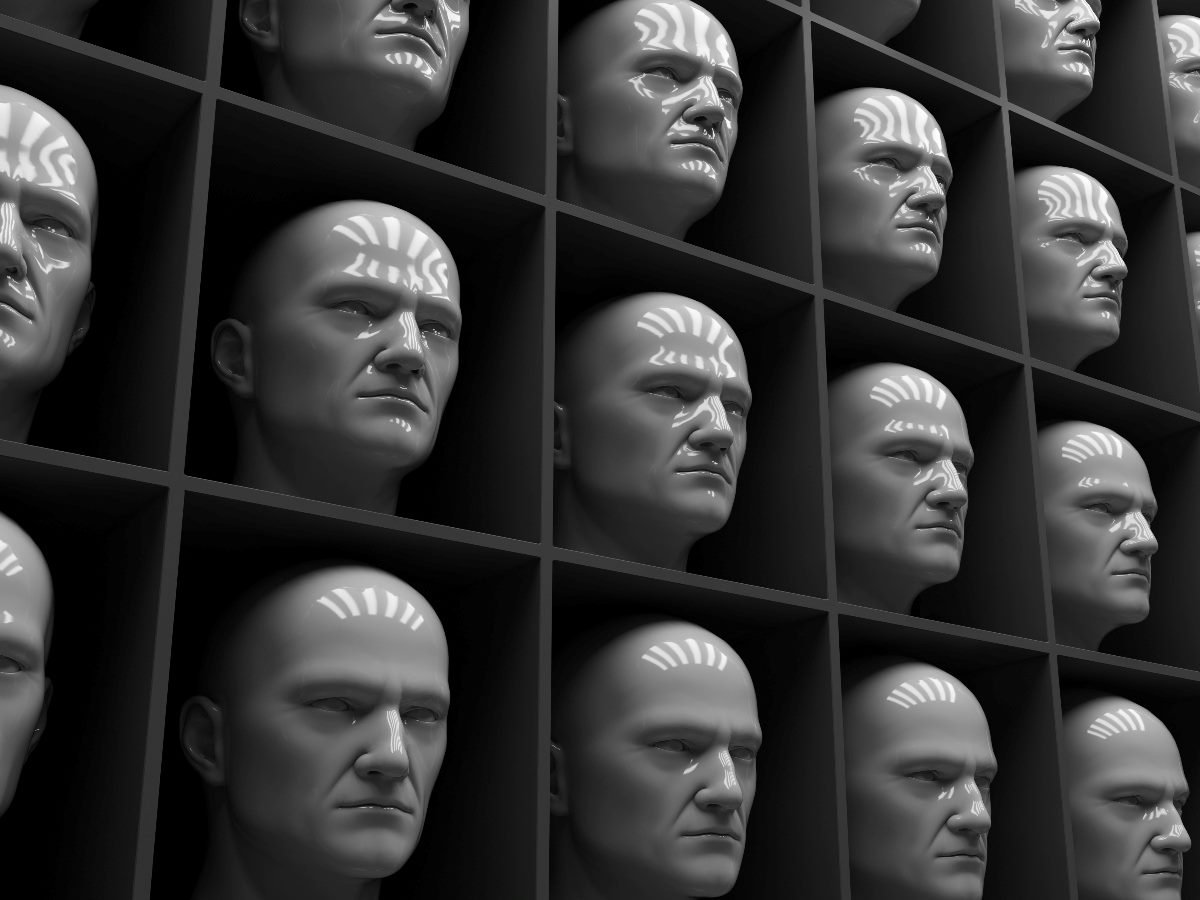The Gist
- Novelty fades fast. Sora’s viral rise proves how quickly excitement around AI-generated content gives way to fatigue and repetition.
- The sameness problem runs deep. From videos to PR pitches, generative AI produces “averages of averages,” creating uniformity that stifles creativity.
- Originality is the next frontier. To fulfill its promise, AI must move beyond technical mastery to deliver diversity, personality, and surprise.
OpenAI’s video generation app Sora sits atop the App Store charts, but I anticipate it’ll fall off soon. Creating Sora videos is a genuine but momentary thrill. You can put yourself and your friends in hilarious, scary, or fantastical scenarios, and add Jake Paul or Mark Cuban when appropriate.
But after a while, all Sora videos start to look and feel the same. The novelty wears off, and the draw to open the app fades.
Table of Contents
- The Sameness Problem at the Core of Generative AI
- Why Novelty Alone Can’t Sustain AI Popularity
- Visual Creativity and the ‘Studio Ghibli’ Effect
- The Challenge Ahead: From Competence to Creativity
The Sameness Problem at the Core of Generative AI
Sora’s sameness problem isn’t isolated, it’s present in almost all AI-generated content. Generative AI tends to produce the average of averages, seeking to minimize the delta between its output and the mean of human-generated work. So AI images, video, and text often exhibit a uniformity that can only be broken with deliberate prompting, and even then not reliably.
To have a shot at long-term relevance, this sameness issue must be broken. It’s why Instagram co-founder, and current Anthropic chief product officer, Mike Krieger, didn’t appear to think Sora is the successor to the app he created when I asked him about it in a recent interview. To have a shot at replacing modern day social media, he said, the content must feel “varied over time and not just sort of like, ‘Yeah, okay, I’ve kind of seen it before. It’s really interesting, but I’ve seen it before.’”
Kinda like a lot of the marketing these days, right?
Related Article: AI in Marketing 2025: Smart Automation and Brave Brand Building
Why Novelty Alone Can’t Sustain AI Popularity
AI-generated images suffered from the sameness problem as well. There’s a quality to these images that makes it possible to spot most from a distance. It’s as if the same artist responds to every prompt, even though the models have ingested all the world’s artwork.
Some prompting can generate a unique AI image, especially when you ask the model to follow a certain artist’s style. But as the prompt becomes popular, the sameness problem reappears. This was the case with the Studio Ghibli moment that OpenAI’s 4o model kicked off. After some initial novelty, everything eventually became Studio Ghibli. Then the excitement faded, and nobody ‘Ghiblifies’ their images anymore.
Visual Creativity and the ‘Studio Ghibli’ Effect
AI’s sameness problem is perhaps most apparent in writing. Forget the em dash, it seems like most business communication reads exactly the same these days, since much of it was written via prompt. My inbox now has more PR pitches than ever, and they all seem like they were written by the same agency. It’s not that the public relations industry standardized its pitch format, AI’s done it for them.
The Challenge Ahead: From Competence to Creativity
I don’t want to minimize how impressive this technology is. The Sora videos are a breakthrough, demonstrating AI has some basic understanding of physics in a way that’s surprised even the most advanced researchers. AI images are useful, and I’ll often rely on them to illustrate this newsletter. AI text generation, at least within ChatGPT, is incredibly popular and often helpful.
But for AI-generated content to achieve its potential, it’s going to have to increase its variety. And given the technology’s fundamentals, that might be a tough problem to solve.
Learn how you can join our contributor community.
